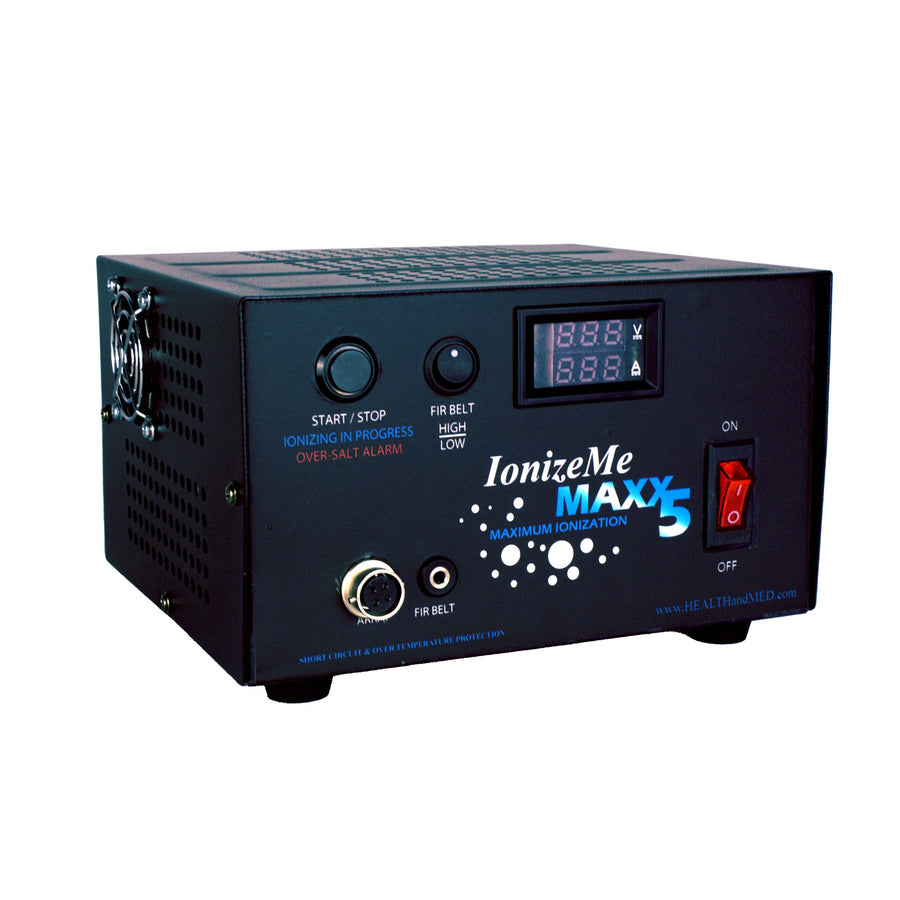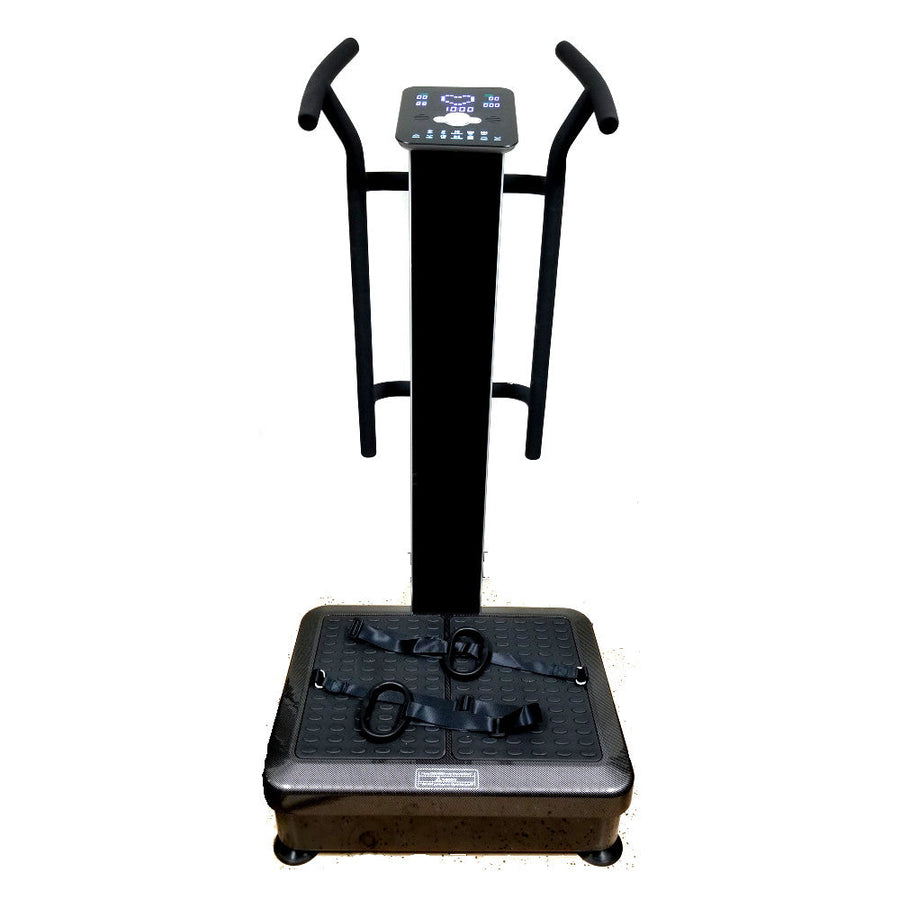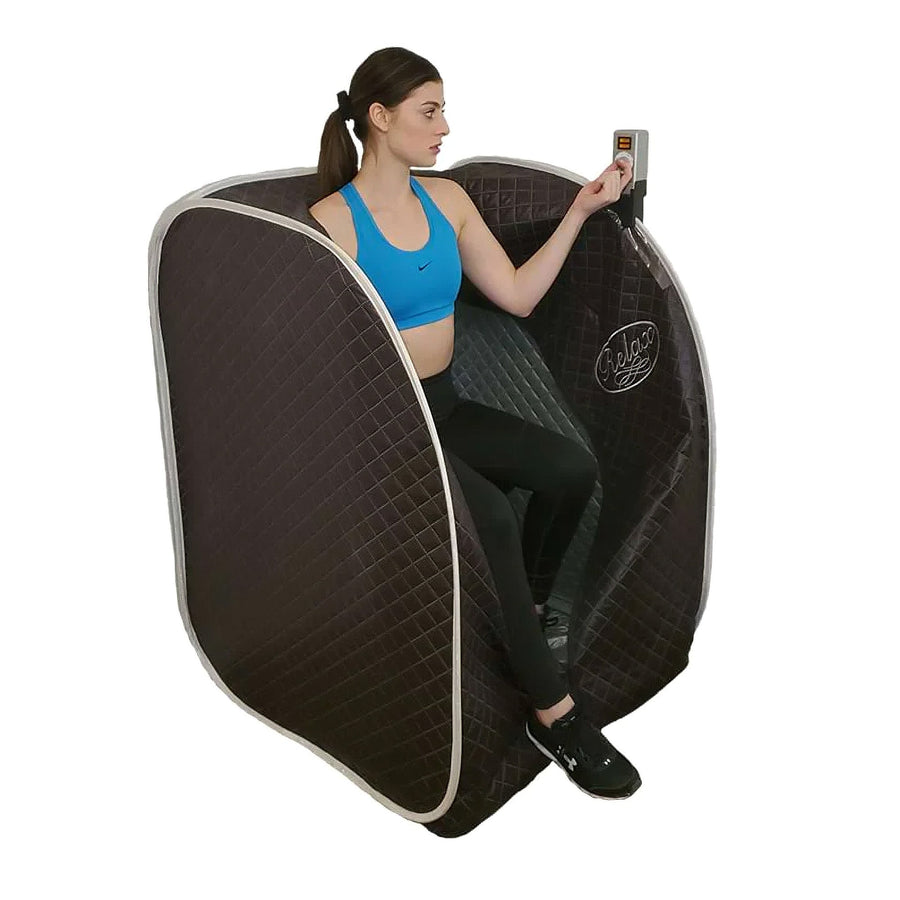Boosting Resting Metabolic Rates with Whole-Body Vibration: A Promising Study to Help Obesity?

Have you ever wished there was an easier way to boost your metabolism and burn calories?
New research published in the journal Scientific Reports, shows that Whole Body Vibration (WBW) can help increase your metabolism, which is crucial for losing weight. Let's take a closer look at how this works and why it's exciting for those trying to shed extra pounds.
What is the Significance of Resting Metabolic Rate (RMR)?
Resting metabolic rate, or RMR, accounts for the largest portion of your total energy expenditure. Put simply, it's the number of calories your body burns at rest – the energy you need for basic bodily functions such as breathing, circulation, and cell repair. When RMR goes up, so does your calorie burn, which can be a game-changer for those striving to reduce excess body fat. It's a key factor in the equation of energy in versus energy out.
What's a Whole Body Vibration Machine?
Whole Body Vibration is not an entirely new concept; it's been used for various purposes, including muscle strength, balance improvement, enhancing blood circulation, body density, muscle strength, and nerve system function. It's been applied in treating various conditions, from osteoporosis, and chronic lower back pain to improving life quality post-COVID-19 complications. But what's groundbreaking is the recent research suggesting that WBV can potentially crank up your metabolism when applied in a specific manner.
About the Study
The study involved 32 healthy young men, aged 21-23, who were randomly assigned to two groups: one participating in a WBV intervention, and the other serving as a control group. The researchers meticulously controlled for various factors that could affect RMR, such as age, physical activity levels, lean body mass, and dietary habits. Both groups had similar characteristics in these aspects.
The whole body vibration sessions took place five times a week for two weeks in a controlled environment. A specialized cycloidal-oscillatory vibration, administered by an exercise physiologist or physiotherapist, was used. Participants assumed a prone position during the intervention, and the vibration was applied to the upper limbs, trunk, and thighs, with additional local vibration applied to the abdomen. The vibration settings included frequency ranges of 25–52 Hz, acceleration ranges of 6.9–13.5 m/s², and amplitude ranges of 0.1–0.5 mm, with each session lasting 29 minutes. The placebo group used a similar device that produced the same sound but no vibration.
Dual Energy X-ray Absorptiometry was employed to measure body mass, fat mass, fat-free mass, and body fat percentage, with body height measurements to calculate BMI. The participants maintained a four-day food diary, assessed by a qualified nutritionist for caloric content, and their physical activity levels were determined through a questionnaire.
Resting metabolic rate was calculated each morning at the same time during fasting, with clear instructions to participants to abstain from exercise three days before measurement and avoid stimulants like caffeine or nicotine. Participants were asked not to alter their physical activity or diet during the study and to remain adequately hydrated. Indirect calorimetry, using an ergospirometer, was employed to measure resting metabolic rate.
Remarkable Findings
The results were eye-opening. The group that received WBV experienced a significant increase in resting oxygen uptake and, consequently, RMR after the intervention. This spike in RMR was attributed to an increase in resting carbohydrate utilization. In contrast, the control group did not exhibit similar changes.
This groundbreaking research suggests that WBV when applied in this specific way, can be a valuable addition to obesity therapy. By increasing RMR, it contributes to higher total energy expenditure, which is a crucial factor in the battle against excess body fat.
Conclusion
In summary, the study's findings suggest that localalized vibrations applied to the abdominal cavity, were effective in significantly increasing the resting metabolic rate. These results underscore the potential of the Whole Body Vibration Machine as an approach to address health concerns related to metabolic rates, particularly in the context of obesity.
.





